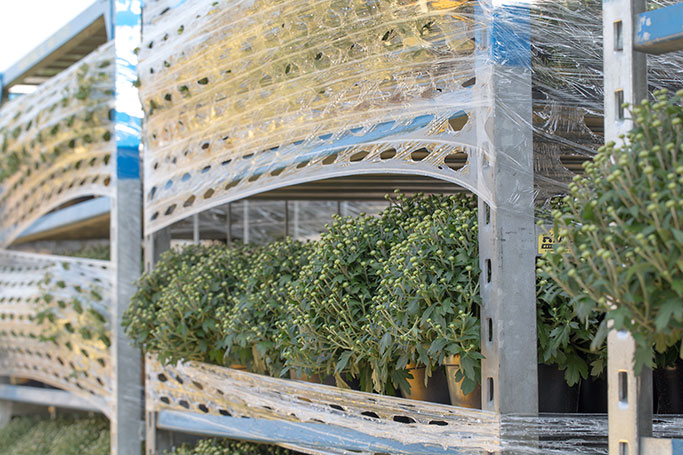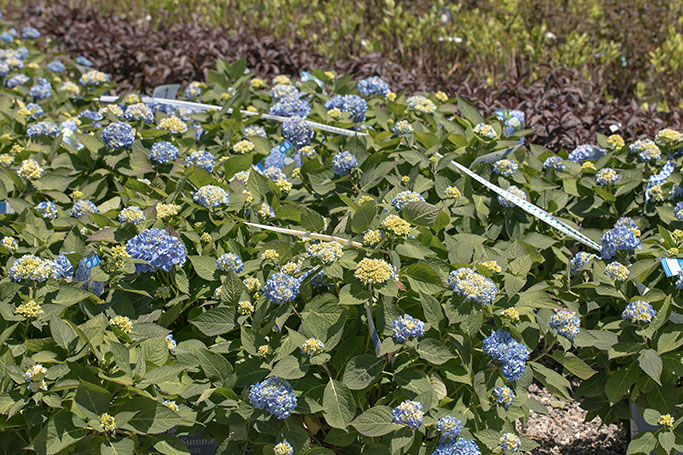“A personal shopper is someone who shops for others for a living. Personal shoppers can shop for everything, from groceries to furniture, but most personal shoppers buy clothing and accessories for their clients. Some personal shoppers work directly for clients or their personal stylists; others work for boutiques or department stores that offer personal shopping services.”
Did you know Christensen’s offers professional shopping? I never thought of it that way. A professional shopper to me, goes to the mall and buys all the stuff they love and then, tells someone else how fab it is!

Well ok, maybe, I have been known to tell someone how “Fab” something is. I guess I don’t think of myself as a professional shopper because I am usually slopping in the mud to find just the correct plants for you, in the right color, size, height, etc. Oh and different from everyone else, she hates pink, she wants only white, Oh wait...

Being a “professional shopper” here at Christensen’s make me also a professional dispatch. We actually book most of our own trucks just to make sure material is here in a timely manner as well as in the best shape. We also pay extra just to have material racked (we get to pay for the racks, as well as, fewer plants on the truck). But the difference in the way plants travel on racks vs stacked on top of one another in a truck is worth it. Some day when you have a couple hours allow me to share some trucker’s stories – it will be worth it!

I just can’t call myself a professional shopper. I want to be called “Plant Hunter”. Robert Fortune step aside, I am a Plant Hunter! Doesn’t that sound more regal? I think so, and there is not a day at Christensen’s that I am not hunting down plants!

















































